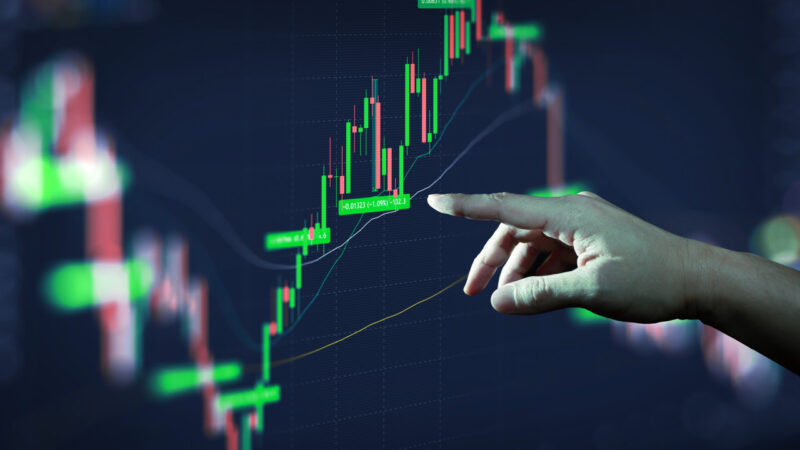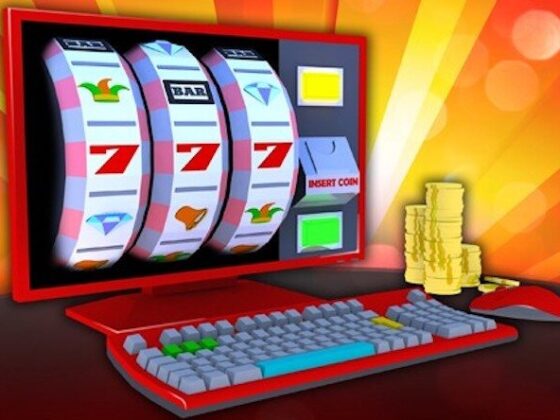Entering the world of trading can feel like stepping into a fast-paced, high-stakes arena, where every decision carries the weight of potential fortune or crushing loss. For novice traders, the allure of quick profits often overshadows the harsh reality of risk and uncertainty.
This treacherous landscape is fraught with pitfalls that can lead to costly mistakes, leaving many to wonder if they should dip their toes in or retreat to safer shores. Enter simulated trading—a powerful tool designed to equip newcomers with the skills and confidence needed to navigate the markets without risking their hard-earned capital.
By allowing traders to practice, strategize, and learn from their missteps in a risk-free environment, simulated trading not only demystifies the complexities of the financial world but also fosters a deeper understanding of market dynamics. In this article, well explore the myriad benefits of embracing virtual trading as a crucial stepping stone toward achieving trading success.
Understanding the Risks of Real Trading for Newcomers
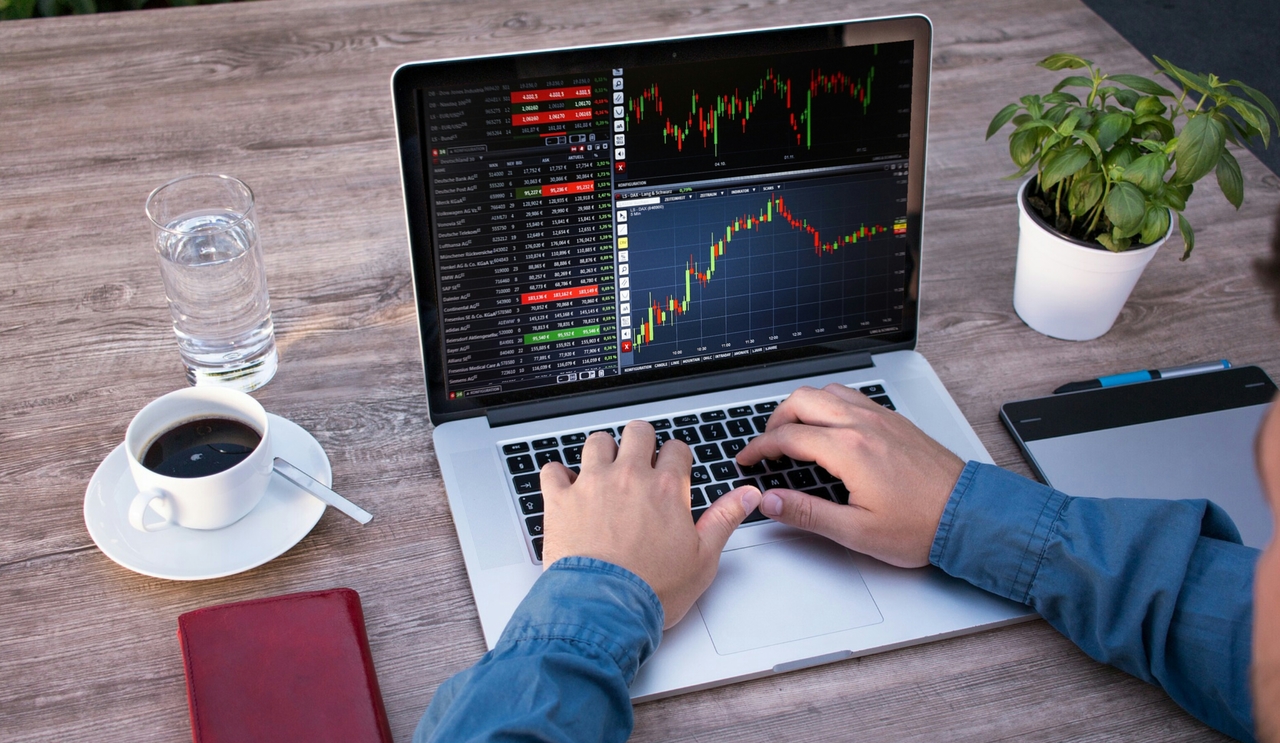
Understanding the risks of real trading can be daunting for newcomers stepping into the financial arena. The thrill of the market can quickly morph into anxiety as one navigates the intricate labyrinth of fluctuating charts and economic indicators.
A single impulsive decision could lead to devastating losses, leaving not only financial scars but also emotional turmoil. Many novice traders underestimate the psychological weight of trading in real time, where every decision feels magnified and every loss feels personal.
This is where replay chart free tools can be invaluable, offering traders the ability to review past market movements and refine their strategies in a low-pressure environment. The potential for making reckless trades in high-pressure situations is significant, which is why a solid grounding through simulated trading can provide the essential practice needed.
It allows you to experiment freely, build strategies, and fortify your understanding of market dynamics without the risk of real-world consequences—an invaluable foundation for any aspiring trader
What is Simulated Trading?
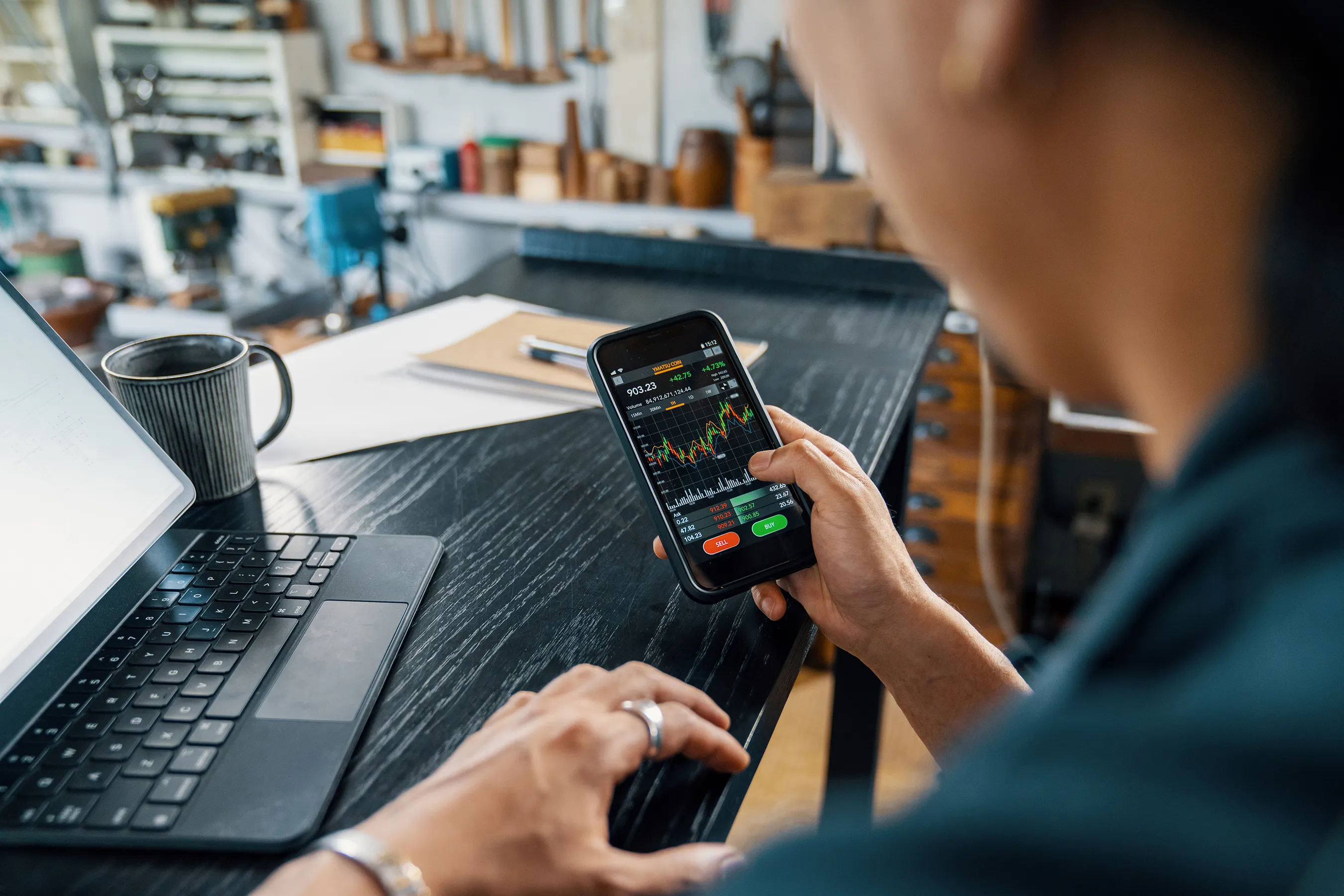
Simulated trading, often referred to as paper trading, is a dynamic practice that allows aspiring traders to hone their skills without the financial risks associated with real-life investments. By mimicking the actions of buying and selling assets in a controlled environment, new traders can experiment with various strategies, test their decision-making processes, and gain invaluable insights into market movements, all while operating with virtual capital. Imagine navigating the complexities of financial markets—grappling with the nuances of chart analysis, scrutinizing economic indicators, and learning the emotional discipline required to ride through volatile swings—without the constant anxiety of losing hard-earned money.
Simulated trading is not just a dry simulation; it is a vital training ground where theories meet practice, empowering traders to evolve their techniques in preparation for the realities of the market. As much a learning tool as it is a strategy tester, this practice lays the foundation for greater confidence and competence when the time comes to transition to real trades.
The Benefits of Practicing with Simulated Trading
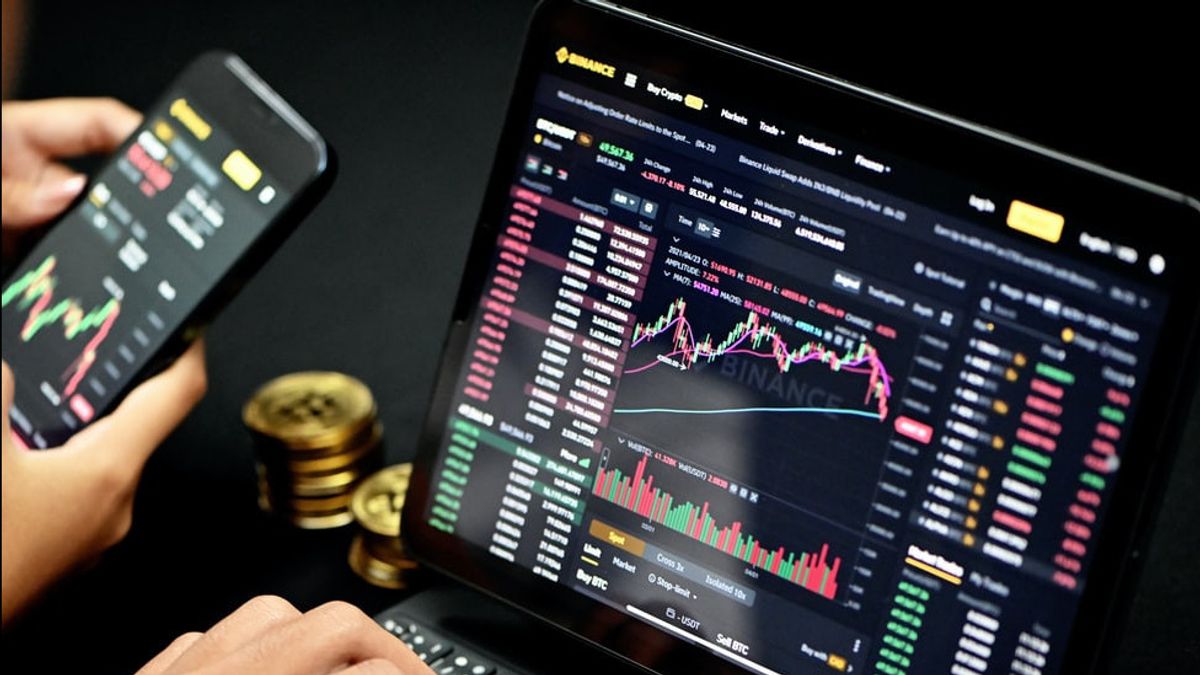
Simulated trading offers a wealth of benefits that can empower new traders, providing a safe haven to dip their toes into the vast ocean of financial markets without the fear of losing real money. Imagine executing trades and experiencing market fluctuations in real time, all while observing your strategies play out in a controlled environment.
This practice not only sharpens analytical skills but also builds confidence, allowing you to make decisions with conviction. Moreover, the freedom to experiment with various trading strategies—whether it’s day trading, swing trading, or long-term investments—fosters a deeper understanding of market dynamics.
You can make mistakes, learn from them, and refine your approach without the financial repercussions that accompany real trading losses. In essence, simulated trading serves as a critical training ground, where the potential for growth is limitless, and each virtual trade lays the foundation for smarter, more informed decisions in the future.
Conclusion
In conclusion, simulated trading serves as an invaluable tool for new traders seeking to navigate the complexities of the financial markets without the fear of incurring significant losses. By practicing in a risk-free environment, they can gain essential experience, refine their strategies, and build confidence before committing real capital.
Utilizing resources such as replay charts can further enhance their learning experience, allowing traders to analyze past market movements and make informed decisions. Ultimately, embracing simulated trading not only equips novice traders with the skills needed to succeed but also helps them avoid costly mistakes that could hinder their long-term success in the trading world.
